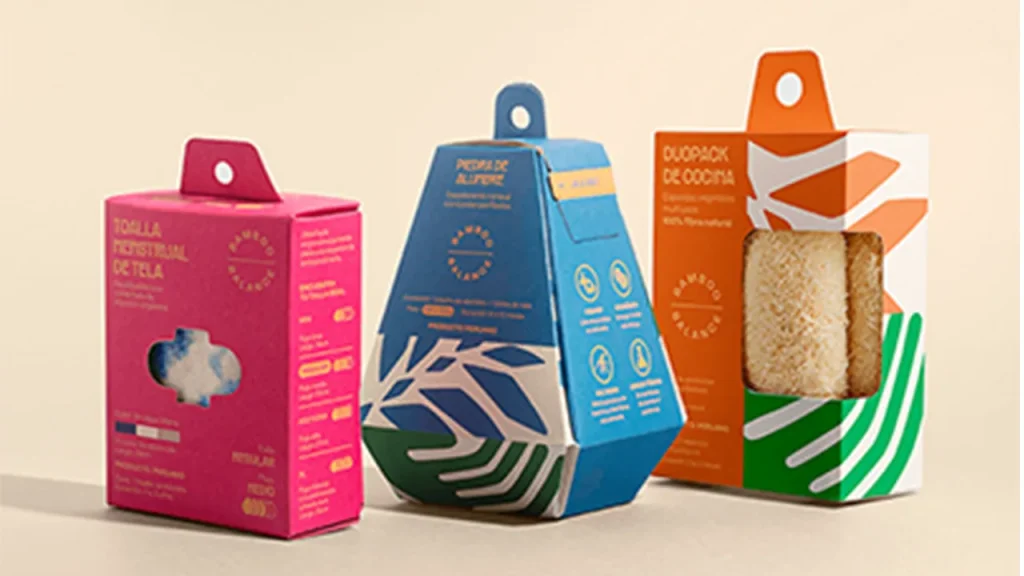Every week, families toss out food that spoiled before anyone had the chance to enjoy it — berries that molded within days, greens that wilted too quickly, leftovers forgotten in the back of the fridge. It may seem like an ordinary part of life, but food spoilage carries real consequences for household budgets, personal health, and the environment. One of the easiest ways to change that is by rethinking the packaging that comes into your home.
For homeowners looking to reduce waste and make more environmentally friendly choices, it helps to understand why food spoils and how better packaging can slow the process.
Spoiled Food Comes With a Bigger Price Tag Than You Think
Throwing out food doesn’t just feel wasteful — it is. Globally, food waste costs more than $1 trillion each year. Even at home, the financial hit adds up quickly, often amounting to hundreds of dollars in wasted groceries annually.
The environmental impact is equally important. Each spoiled item represents wasted resources: the water used to grow crops, the energy required to harvest and transport the food, and the labor involved at every step. Nearly one-third of the world’s freshwater goes toward producing food that never gets eaten. And once it’s thrown in the trash, it produces methane in landfills — a greenhouse gas far more potent than carbon dioxide.
Reducing waste at home is one of the most meaningful ways individuals can support environmental sustainability.
Why Food Seems to Spoil So Quickly
Two of the biggest contributors to spoilage are contamination and excess moisture.
Contamination can occur during handling or storage. When foods sit in loosely sealed containers, when hands or utensils aren’t clean, or when raw items sit too close to ready-to-eat foods, bacteria can spread easily.
Moisture issues are just as problematic. High humidity in refrigerators combined with poor packaging can speed up mold growth and accelerate deterioration. When food is kept in packaging that isn’t ventilated or moisture-resistant, it breaks down faster.
Modern Packaging Can Make a Big Difference
Fortunately, packaging materials have seen major advancements in recent years. Today’s options are designed not only for convenience but also for protection. Durable, moisture-resistant packaging — like the polypropylene corrugated containers produced by companies such as SeaCa — helps increase airflow, reduce humidity exposure, and keep produce fresher for longer.
Choosing higher-quality, reusable storage containers at home can also reduce the rate of spoilage while cutting down on single-use plastics.
Spoilage Isn’t Just Waste — It Can Affect Your Health
Food that spoils isn’t just unappealing; it can be dangerous. Spoiled items are a common source of foodborne illness, which can be especially harmful for children, older adults, and anyone with a weakened immune system.
Reliable packaging reduces the risk of harmful bacteria growth and provides an extra safeguard for the foods your family consumes.
Simple Ways to Cut Down on Spoilage at Home
Small adjustments can lead to big improvements:
• Choose breathable or moisture-resistant packaging when buying produce
• Use sturdy, airtight containers for leftovers and perishables
• Keep refrigerator humidity levels in check with proper settings or liners
• Practice good kitchen hygiene to prevent cross-contamination
• Shop with intention and avoid buying more than your household can use
A More Sustainable Kitchen Starts With Thoughtful Choices
Reducing food waste doesn’t require sweeping lifestyle changes. Smarter packaging choices and better storage habits can noticeably extend the life of your food, save money, and reduce your environmental impact.
Every small step contributes to a healthier home and a healthier planet. By prioritizing effective, sustainable packaging and mindful storage, you’re helping preserve food longer, minimize waste, and build a greener everyday routine — one grocery trip at a time.
For more on this, check out the accompanying resource from SeaCa Plastic Packaging, providers of digitally printed packaging.


